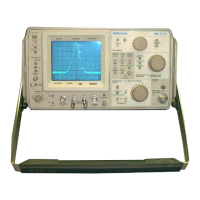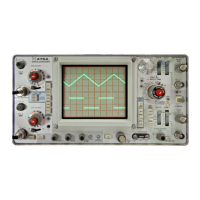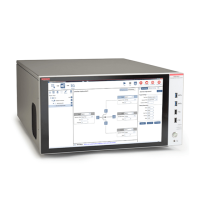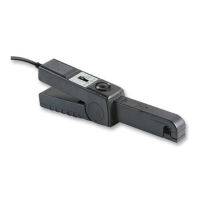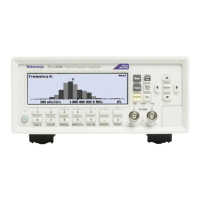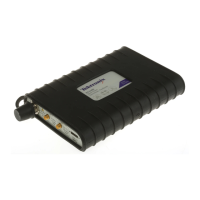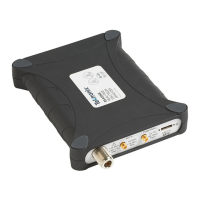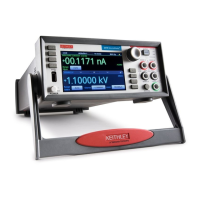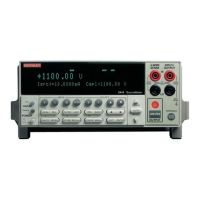Fig. 5-5 Equipment block diagram showing setup to check attenuator accuracy.
TABLE 5-3
Decrease the sweep rate as the dispersion is decreased
and increase resolution by uncoupling the RESOLUTION
control and turning it counterclockwise to optimize marker
definition. Switch the VERTICAL DISPLAY to LOG and the
VIDEO FILTER on, at these slower sweep rates and narrow
dispersion selections.
g. Turn the VIDEO FILTER to OFF position and the VERTI-
CAL DISPLAY selector to LIN.
15. Check Internal Reference Frequency
a. Requirement-Frequency is 1 MHz ±0.1%, variable
frequency range is equal to or greater than 1 kHz, but not
over 1.3 kHz, above the measured frequency when the con-
trol is in the initial on position.
b. Apply 10 ns and 1 µs markers from the Time-Mark
Generator to the band B RF INPUT connector through a
20 dB attenuator.
c. Apply the 1 MHz MARKERS OUT signal to band A
RF INPUT connector,
d. Set the DISPERSION to 1 MHz/div, the TIME/DIV to
5 ms and the band selector to B.
e. Align the 1 µs markers to the graticule lines with the
IF CENTER FREQ control. If necessary, adjust the DISPER-
SION-CAL to calibrate the display. Note the displacement
of the 9th time marker at the 9th graticule line.
f. Switch the band selector to A, adjust the GAIN con-
trol if required for a satisfactory 1 MHz marker amplitude
and turn the RF CENTER FREQUENCY control to align the
tunable markers with the fixed markers.
g. Check the frequency of the Internal Reference oscillator
by aligning the 1st marker with the 1st graticule line and
noting the displacement of the 9th marker from the 9th
graticule line. (The INT REF FREQ control must be turned
to the initial on position to make this frequency check.)
There should be no noticeable difference in the postion of
the marker with the position noted in step e.
h. Set the DISPERSION RANGE to kHz/DIV and the DIS-
PERSION to 100 kHz/div.
i. Position a 1 MHz marker to the screen center with the
IF CENTER FREQ control.
j. Adjust the INT REF FREQ-VARIABLE control through its
range and note the frequency shift af the Internal Reference
oscillator. The display is the 200th harmonic of the 1 MHz
marker signal. The range of the VARIABLE control will also
be related to the 200th harmonic, so the marker signal should
shift 2 to 2.6 divisions (1 kHz to less than 1.3 kHz).
k. Remove the cable between the 1 MHz MARKERS OUT
connector and the RF INPUT connector. Remove the Time-
Mark Generator. Set the band selector to C.
16. Check Phase Lock Balance Between Band
A or B and Band C
a. Requirement-Band A or B, DC output level, with the
FINE RF CENTER FREQ control centered, should measure
within ±2 divisions of band C, DC output level.
b. With the band selector in position C, push the LOCK
CHECK button and position the sweep to the center of the
graticule with the FINE RF CENTER FREQ control.
c. Switch the band selector to band A or B and check
the position of the trace. Trace position must be within ±2
divisions of the graticule center.
17. Check Dynamic Range of Vertical Display
Modes
a. Requirement-The dynamic range of the screen for the
three display modes is as follows:
5-7

